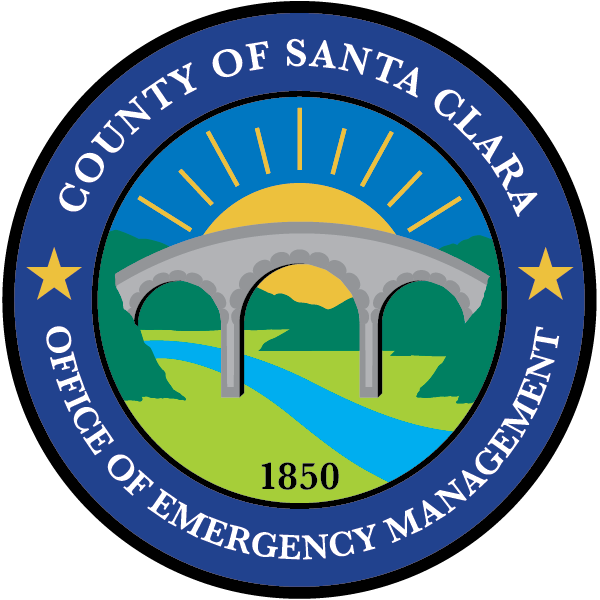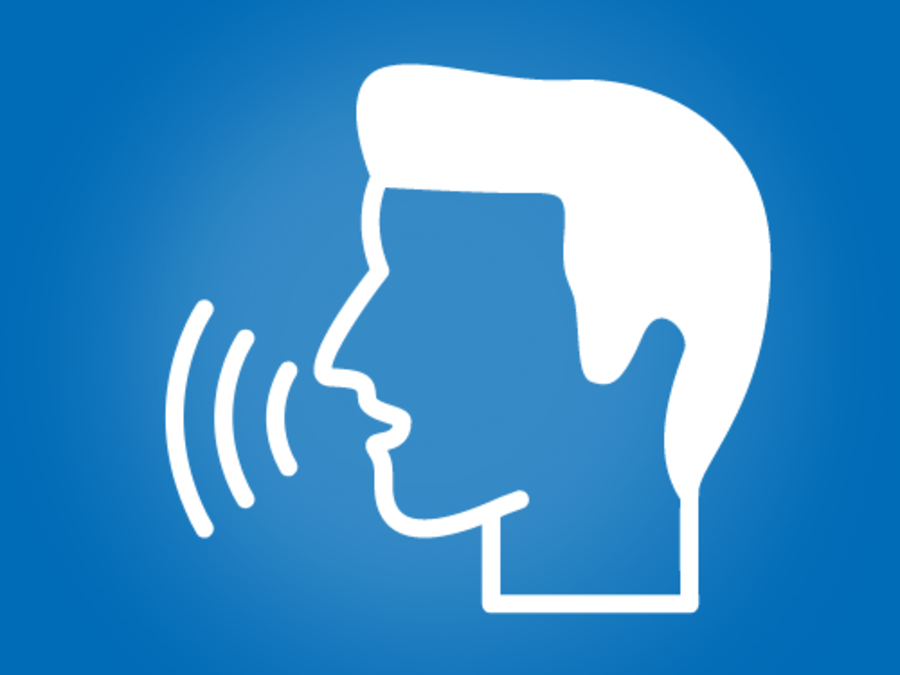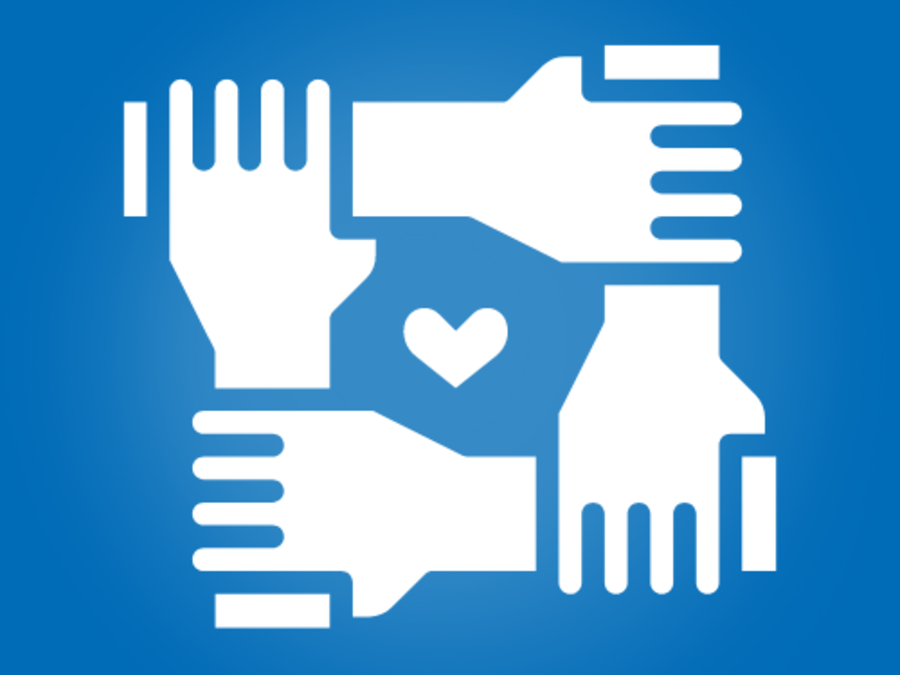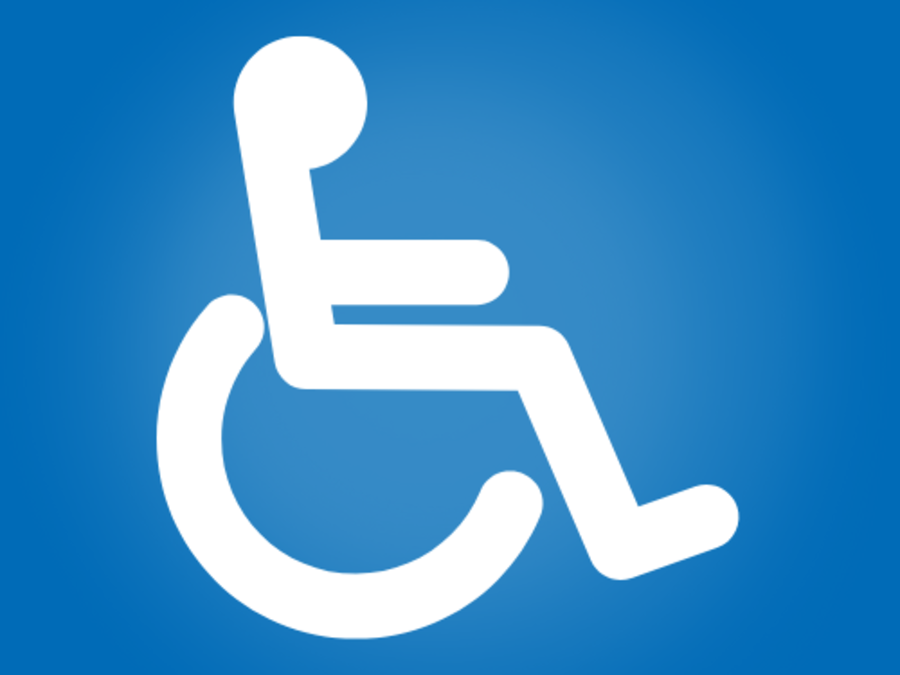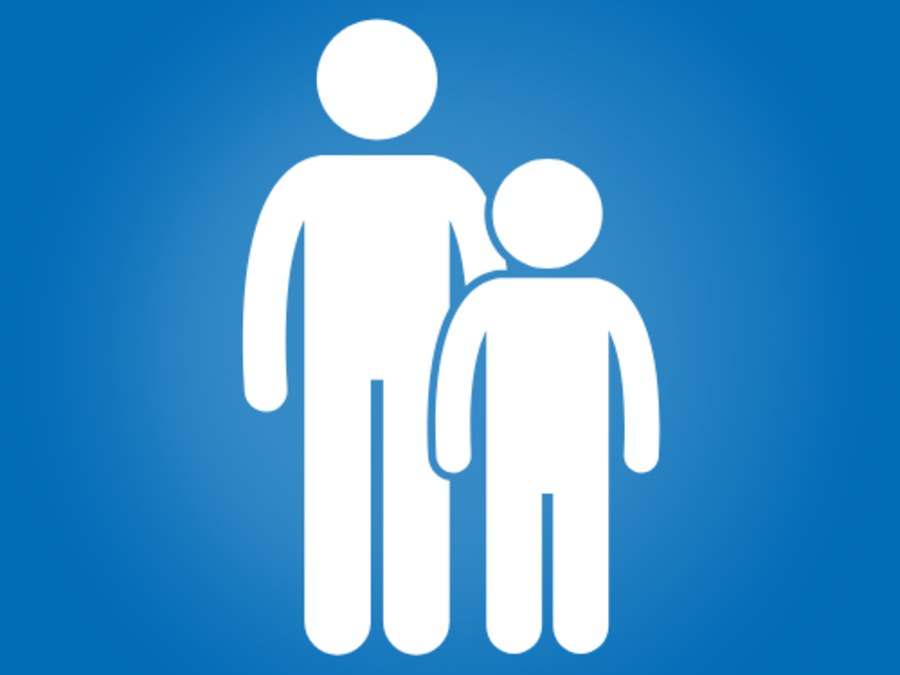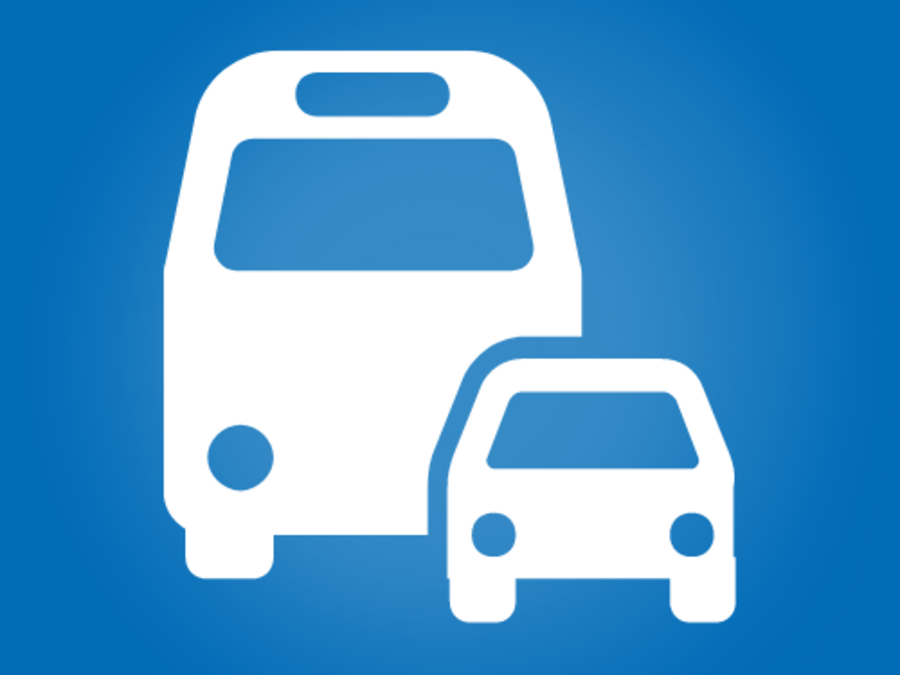Reaching Our Access and Functional Needs Community
In recent years, FEMA’s Office of Disability Integration and Coordination defines the term “others with Access and Functional Needs” (AFN) as individuals who may have additional needs before, during and after an incident in functional areas, including but not limited to maintaining independence, communication, transportation, supervision, and maintain health (C-MIST). Individuals needing additional response assistance may include those with disabilities; live in institutionalized settings, are seniors; are children; are from diverse cultures; have limited English proficiency or non-English speaking, or are transportation disadvantaged.”
The California Government Code Section 8593.3 defines Access and Functional Needs as “Individuals who have: Developmental, intellectual, or physical disabilities; Chronic conditions or injuries; Limited English proficiency or non-English speaking; Or individuals who are: older adults, children, or pregnant; living in institutional settings; or Low-income, homeless, and/or transportation disadvantaged.”
The Santa Clara County Office of Emergency Management (OEM) is in alignment with both FEMA and the California Government Code Section 8593.3. It uses the C-MIST framework to integrate vulnerable populations in all aspects of Emergency Management.
Let us break it down for you. If you have one of the following needs, you are a person with access and functional needs. The AFN community members below is an example of some of the AFN categories and is not limited to just those listed:
AFN community members are:
- Persons with low vision or have no vision including people who wear glasses and contacts
- Persons who are hard of hearing or have no hearing
- Households with infants and small children
- Multi-generational households where grandparents or older adults live within the household
- Multi-lingual speakers or those with limited English proficiency
- Persons who rely on medical devices and equipment for mobility including crutches and wheelchairs
- Persons without transportation or rely on other forms of transportation including paratransit and public transportation
- Households with pets, farm animals (large and small) and service animals
- Unsheltered community members and / or persons experiencing homelessness
- Persons with cognitive or physical disabilities
CMIST Framework
CMIST stands for Communications, Maintaining Health, Independence, Support, Safety & Self-Determination, and Transportation. Click on the icons below to learn more about the building block of the CMIST Framework.
